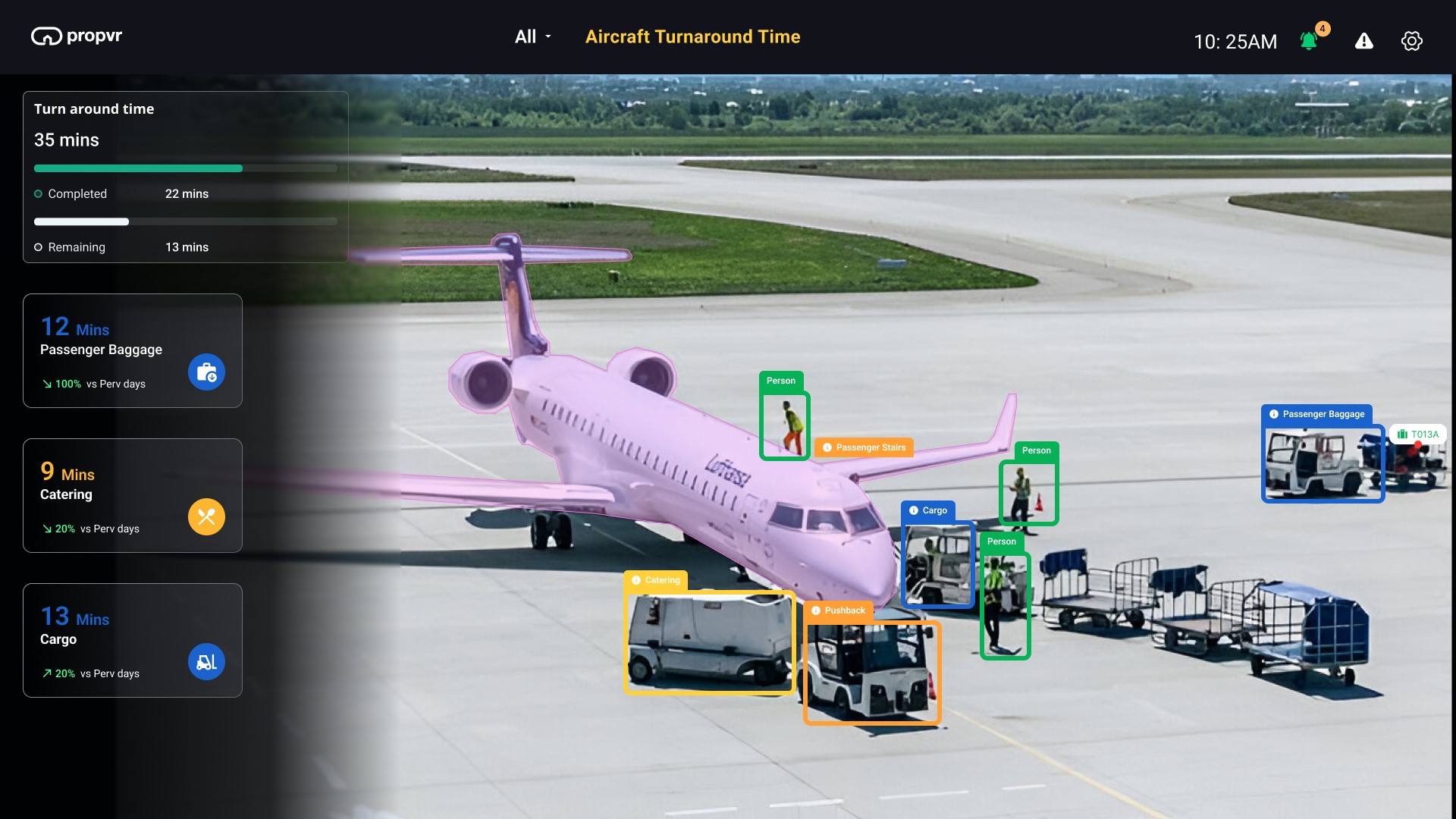Digital Twin Integration
Introduction:
In the ever-evolving aviation industry, the integration of digital twin technology has emerged as a game-changer, offering novel solutions to enhance operational efficiency and safety. This introduction sets the stage for exploring the impact of digital twins on aircraft turnaround times and the broader aviation landscape.
Scenario Analysis:
In response to the pressing need to reduce delays and optimize fleet utilization, a prominent airline embarks on a journey to expedite aircraft turnaround times through digital twin integration. By leveraging digital twins of aircraft, the airline meticulously analyzes flight schedules, crew availability, ground handling services, and historical data to identify critical bottlenecks in the turnaround process. Through comprehensive process analysis and simulations of aircraft operations, the airline pinpoints inefficiencies such as ineffective ground handling protocols and delays in passenger boarding.

Product Integration and Benefits:
Armed with insights from digital twin technology, the airline devises targeted interventions to streamline turnaround procedures. These interventions encompass ground handling coordination, predictive maintenance, and gate assignment optimization, all aimed at reducing turnaround time and enhancing operational efficiency. By integrating digital twins into its operations, the airline fosters a collaborative environment where stakeholders across the aviation ecosystem are synchronized, enabling seamless coordination from aircraft arrival to departure. The benefits of this integration are manifold, ranging from improved airline safety to enhanced fleet utilization and passenger satisfaction.
Conclusion:
In conclusion, the integration of digital twins into aviation operations heralds a new era of efficiency and innovation. By harnessing the power of digital twin technology, airlines can overcome challenges, optimize processes, and drive continuous improvement. As the aviation industry continues to evolve, the role of digital twins will be pivotal in shaping its future trajectory, ensuring that airlines remain agile, competitive, and customer-centric in a rapidly changing digital world.